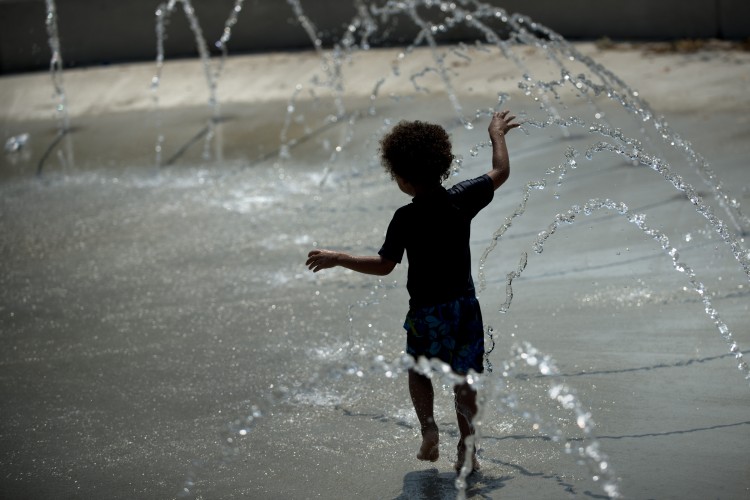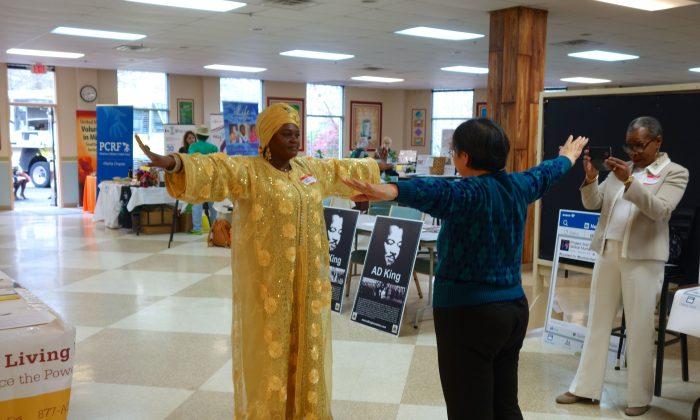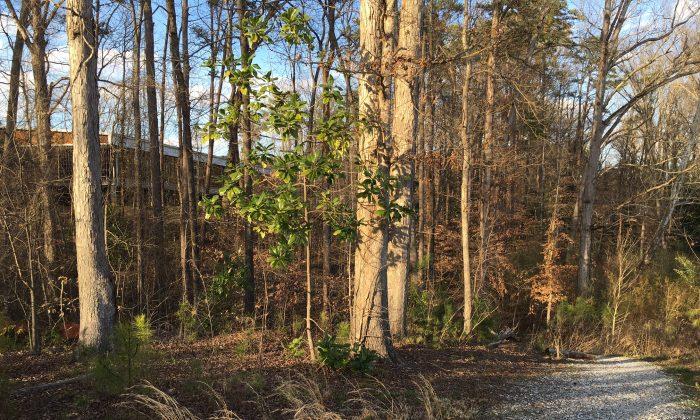Storms left millions with no power in triple-digit heat in Washington D.C., along the mid-Atlantic, and into the Midwest. By Sunday, the basic infrastructure had been repaired, according to a utility executive. It may be a week before power is restored to everyone.
Winds and falling trees are responsible for 13 deaths, according to the National Oceanic and Atmospheric Administration (NOAA).
“A restoration effort of this magnitude requires extraordinary effort and support from other utilities,” said Thomas H. Graham, president, Pepco Region, in a statement. Crews arrived from surrounding states to assess damage, clear downed trees, and repair power lines. The utility company asked for 1,000 extra people.
Without power, people face greater threats from severe heat.
Overheating can lead to heat exhaustion and the extremely dangerous heat stroke. Elderly people, ill people, and children are most vulnerable to heat illness.
“I urge all district residents to look out after their neighbors,” said Chris Gledart, director of Homeland Security and Emergency Management in D.C. in a statement. “If you know of anyone in your neighborhood that might need assistance, please look in on them. This is especially important if you have elderly or disabled neighbors.”
Those with no air conditioning should visit cool places such as public libraries, malls, and city cooling centers if possible. Drinking extra water and taking frequent showers can help ward off heat illness.
The deaths and damage were caused by a ’super derecho' that affected 700 miles of the country from northern Indiana to New Jersey, and as far south as Virginia. A derecho is a long-lived, straight-line storm at least 240 miles long, with winds above 58 mph, according to NOAA. In Indiana, devices recorded winds of up to 91 mph on June 29.
Amtrak service was suspended between Washington and Philadelphia because of downed trees on the tracks. In West Virginia, 232 people were trapped in an Amtrak train on rails blocked by debris, The Weather Channel reported.
The heat broke records in multiple cities. Records go back to the 1930s.
Atlanta and Columbus, Ga., and Fort Wayne, Ind., reached 106 degrees on June 30—the hottest on record. Macon, Ga., topped 108 degrees—also historic. Columbia, S.C., and Augusta, Ga., reached 109 degrees on July 1.
Governors declared states of emergency in Maryland, Ohio, Virginia, and West Virginia. Washington, D.C. is also in a state of emergency. Such a declaration is the first step toward getting federal help.
President Barack Obama declared that Ohio was suffering from a federal disaster. The president’s declaration allows FEMA to support local officials and funds a major portion of recovery work. He is expected to declare emergencies for the rest of the states badly damaged by the storm.
The Epoch Times publishes in 35 countries and in 19 languages. Subscribe to our e-newsletter.





